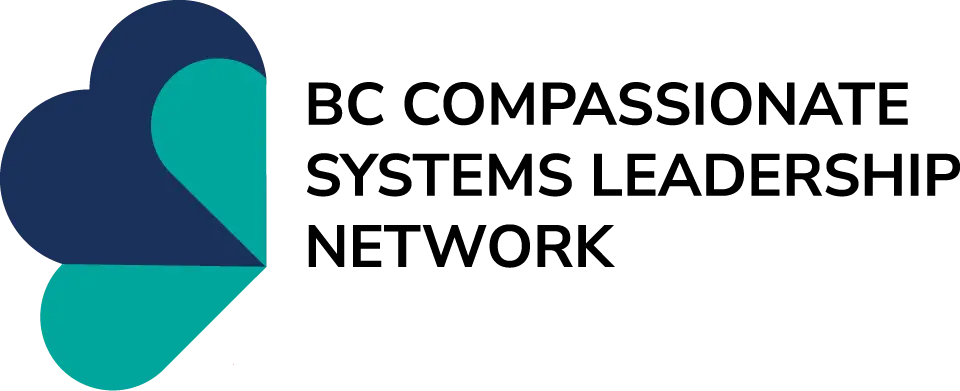Core Concept
Leadership
Leadership is a multifaceted concept with numerous frameworks and models that are constantly emerging. Compassionate Systems Leadership views it as non-hierarchical, rooted in guiding and showing courage and commitment. Leadership is a potential role for us all, defined by our influence on those around us.
The Dawn of Systems Leadership
The deep changes necessary to accelerate progress against society’s most intractable problems require a unique type of leader – the system leader, a person who catalyzes collective leadership.
- Peter Senge
Core Capabilities for Fostering Collective Leadership
To foster collective leadership, leaders must develop three core capabilities: the ability to see the larger system, fostering reflection and generative conversations, and shifting the focus from reactive problem solving to co-creating the future. Each of these capabilities plays a crucial role in enabling leaders to guide their teams and organizations towards collaborative and innovative solutions.
1. Ability to see the larger system
In any complex setting, people typically focus their attention on the parts of the system most visible from their own vantage point. This usually results in arguments about who has the right perspective on the problem. Helping people see the larger system is essential to building a shared understanding of complex problems. This understanding enables collaborating organizations to jointly develop solutions that may not be evident to them individually, and allows them to work together for the health of the whole system, rather than pursuing symptomatic fixes to individual pieces.
2. Fostering reflection and generative conversations
Reflection means thinking about our thinking — holding up the mirror to see the taken-for-granted assumptions we carry into any conversation, and appreciating how our mental models may limit us. Deep, shared reflection is a critical step in enabling groups of organizations and individuals to actually “hear” a point of view different from their own, and to appreciate — both emotionally and cognitively — each other’s reality. This is an essential doorway for building trust where distrust had prevailed and fostering collective creativity.
3. Shifting the collective focus
Change often starts with conditions that are undesirable, but artful system leaders help people move beyond just reacting to these problems to building positive visions for the future. This typically happens gradually as leaders help people articulate their deeper aspirations and build confidence based on tangible accomplishments achieved together. This shift involves not just building inspiring visions but facing difficult truths about the present reality and learning how to use the tension between vision and reality to inspire truly new approaches — co-creating for the future.
Tools
Suggested Resources
Website
Systems Thinking and The Gap Between Aspirations and Performance
Garrison Institute
Slide Deck
SEY2KT Learning Community - Feb 2025



